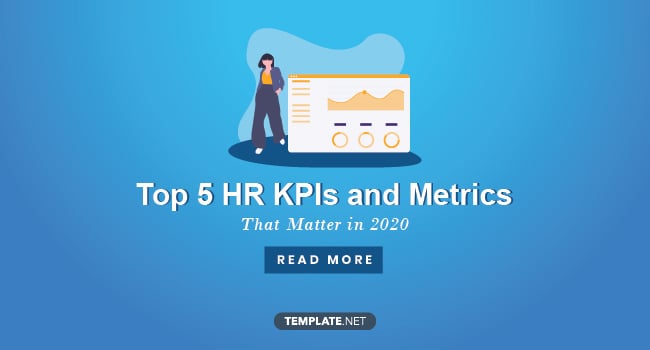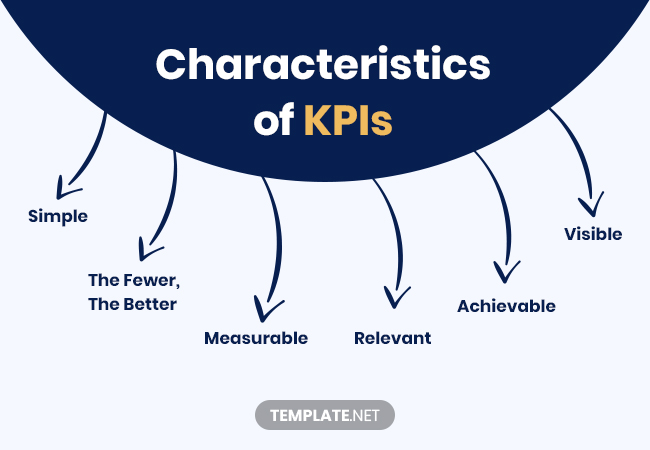Navigating HR KPIs and Metrics
No long-term performance management strategy is complete without adding KPIs (key performance indicators, for the unfamiliar) and metrics into the mix. If you’re an HR employee, these two are probably in your vocabulary. For those who own a small business, don’t even think about leaving them out of your scheme. Those percentages you see on HR dashboards aren’t there for nothing, so why not use them? But before we get to enumerating those KPIs, how about we define what they are first?

Navigating HR KPIs and Metrics
Defining HR KPIs
KPIs are the HR metrics used to gauge HR departments’ contributions in companies or organizations. Think of them as HR calculators: if you want to know your HR department’s benefits and costs to your business, these metrics are your best friends. These metrics are mainly used for tracking HR departments’ performance in various areas (recruitment, retention, engagement, etc.). While they’re a lot of them out there, do take note of this: not every measurable HR metric is a KPI, so let’s not get carried away with the tracking here. Metrics can only be considered KPIs if they’re aligned with your business’s organizational strategy.
Characteristics of KPIs

How do you know if the KPIs you plan to track are worth tracking? You’ll know your KPIs are great if they have the following qualities:
Simple
You don’t need to get all fancy with your KPIs. If users fully understand what they entail, they’re good to go.
The Fewer, The Better
There’s a reason KPIs are called what they are. While there isn’t a specified required number, the more isn’t always the merrier option when tracking them. You just need to focus on the ones that apply to you and leave irrelevant metrics out.
Measurable
A lot of people find creating measurable KPIs difficult. While they don’t need to be qualitative all the time, measurement attributes still need to present to see if your goal is being met or not. A good example of a measurable KPI is employee engagement (which we’ll elaborate on later).
Relevant
If you spot an HR KPI, make sure your department’s the one track that metric. Proper KPI assignment makes logical measurements more likely, which leads to more success. It won’t do if the sales department is in charge of creating an employee turnover rate report.
Achievable
No one wants to achieve something that’s out of their reach. If there’s a goal that’s impossible to meet, people won’t bother exerting their efforts for anything. Make your KPIs realistic for more chances of actually pulling them off. While they should be challenging to an extent, they should not be overwhelmingly difficult.
Visible
Not everyone in your business will be affected by specific KPIs in your checklist. However, it’s always good to make them visible. This move will give employee engagement a boost and encourage people to practice accountability, especially in implementing future plans and projects. Growth will be a lot less stressful to attain if everyone’s locked in on the goals you’ve set.
List of Important HR KPIs

You’ve already figured out what HR KPIs are and the characteristics behind good ones. We’ve now arrived at the enumeration portion of this article. Don’t miss out on these KPIs and get to implement them. Each metric’s formulas are included so that you won’t have to scour for more information.
Absence Rate
Absence rates are a revealing indicator of your organization’s/company’s culture. Although some people don’t show up at work for legitimate reasons (illnesses, family deaths, and maternity leaves, to name a few), you still need to monitor absenteeism trends. As your organization’s/business’s population inflates, so does the need to track this metric. Calculating absence rates is a fairly easy task. All you have to do is divide the total number of workdays lost due to absences by the overall number of available workdays.
Talent Retention
This metric shows your ability to execute talent management. This should be one of the employers’ top concerns since it indicates if their ventures have job stability or not. If you have little to no trouble in getting great employees to keep working for you, the numbers should tell the same story. To get your retention rates, simply divide the total number of employees who resigned/left during a given period by the overall number of remaining employees during a period. Ideally, your retention rates should fall within the 70 to 85% range.
Employee Productivity
For every group of hard workers, every workplace has its share of procrastinators. There isn’t a problem if the latter still manages to contribute. However, you know there’s an issue if they end up hurting your ROI. Employee productivity rates can tell you which people are doing their job and who isn’t. A lot of HR folks consider this metric as one of the most harmless ones due to its simplicity. All you have to do is just divide your business’s revenue by the number of employees.
Employee Turnover Rate
Employee turnover rates aren’t just indicators of your company’s recruitment strategies. Do you want to know how effective your corporate culture is? Look no further than this metric. If your best performers are still sticking around despite multiple offers from different companies, chances are, you’re doing something right with your culture. Get your turnover rates by dividing the number of terminations/resignations in a given period by the average number of employees during that specified time.
Employee Satisfaction Index
From one retention effort indicator, we’re now onto another one. You can conduct company-wide surveys to find out if your people are truly happy working with you or not. An ESI is based on these 3 questions:
How satisfied are you with your present workplace?
How does your present workplace meet your expectations?
How close is your present workplace to a model one?
A rating scale of 1 to 10 is used when answering these questions. To get an ESI, divide the question mean value by three. Afterward, you multiply that amount by 100 to get your percentages.
How to Implement Your HR KPIs
Proper implementation of KPIs is a must-have in your arsenal of HR skills. To implement them, start by making a balanced scorecard. The data in that file should help you determine if your HR strategies are working or not. HR employees aren’t the only people who can benefit from having a balanced scorecard—so can an entire company. Say if your HR department were to increase retention rates; your business can be saved from potentially high recruitment costs.
The KPI’s above should give you an idea of which one to choose from. If you’ve figured out your desired KPI’s, you’re ready to implement them. However, work doesn’t stop at implementation. If you’re an HR employee, you’ll know that implementing KPI’s are just the beginning. Keep track of your metrics by checking your scorecard regularly and consulting your fellow leaders to ensure their relevance.






